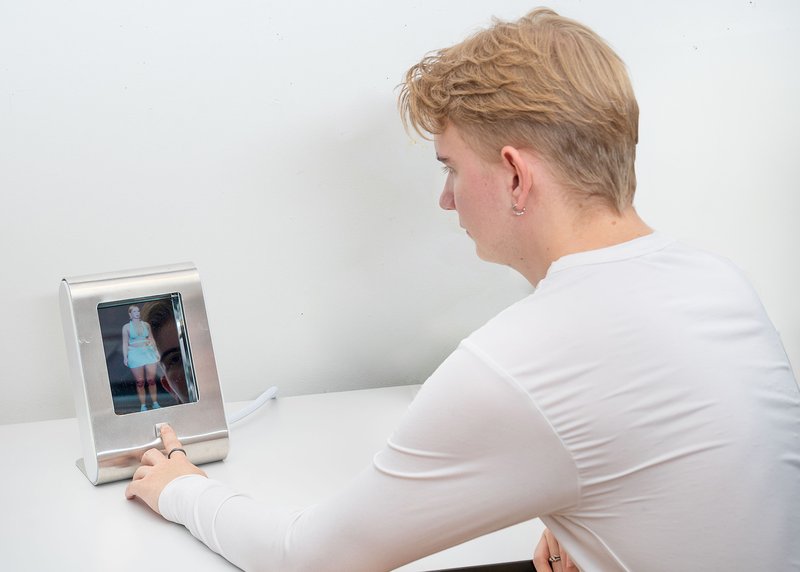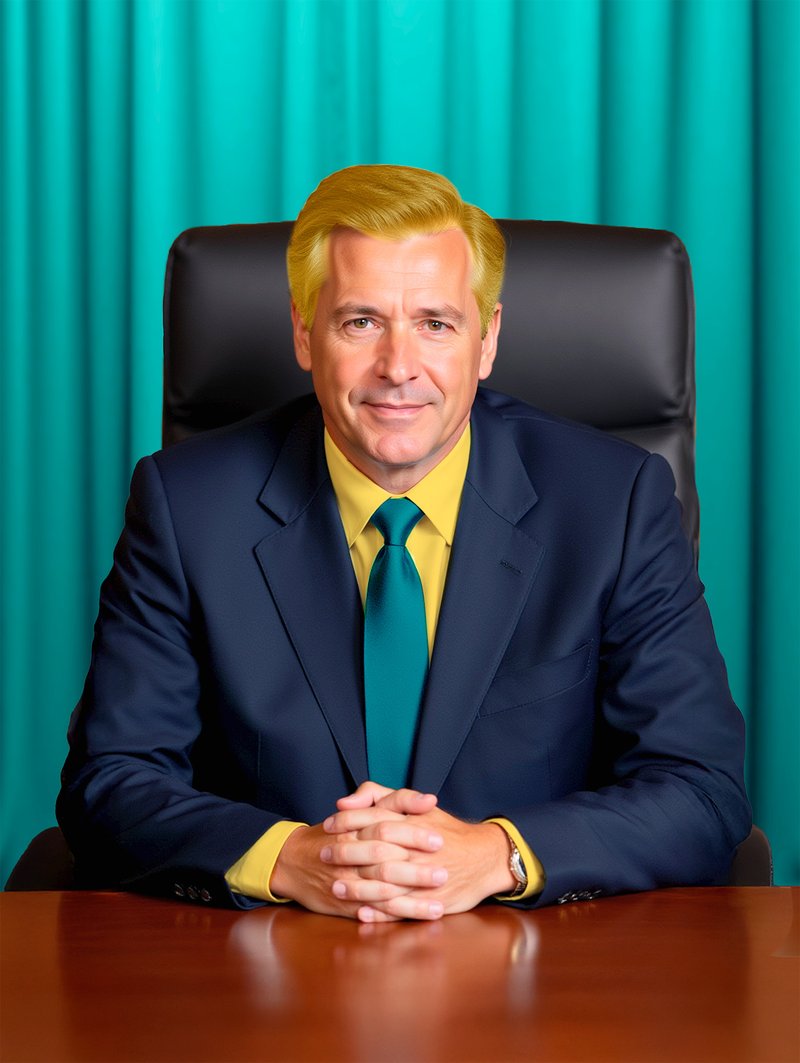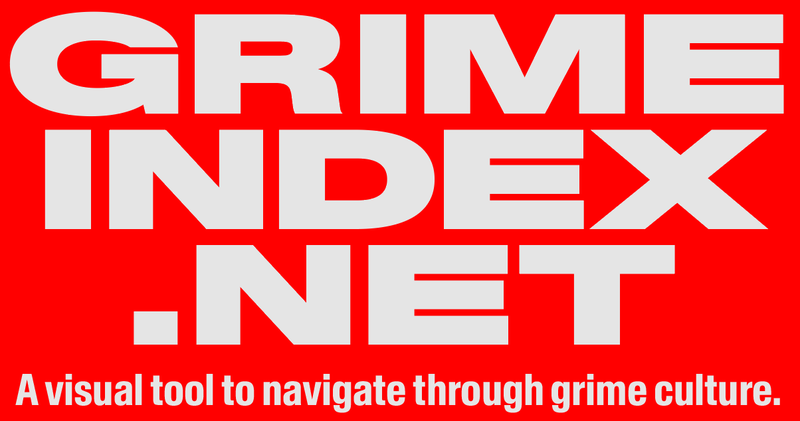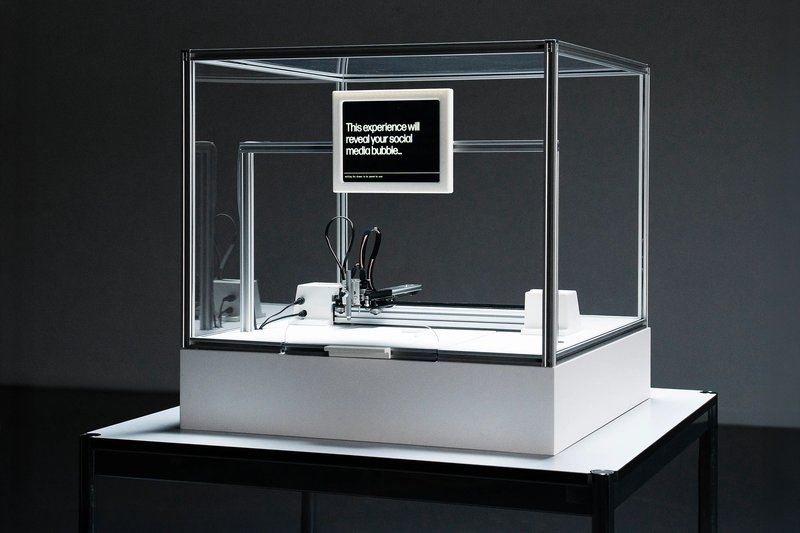
MA PHOTOGRAPHY
Soft Photography
with Salomé Chatriot, Charlie Engman, Simon Lehner , Milo Keller, Marco De Mutiis, Claus Gunti, Clément Lambelet, Giulia Bini, Simone Niquille
Soft Photography is a research project conducted by the Master of Photography at ECAL/University of Art and Design Lausanne with the support of the HES-SO. It aims to shed light on the role of human emotions in the creation and reception of images produced using generative Artificial Intelligence (AI) or computer-generated imagery (CGI).











